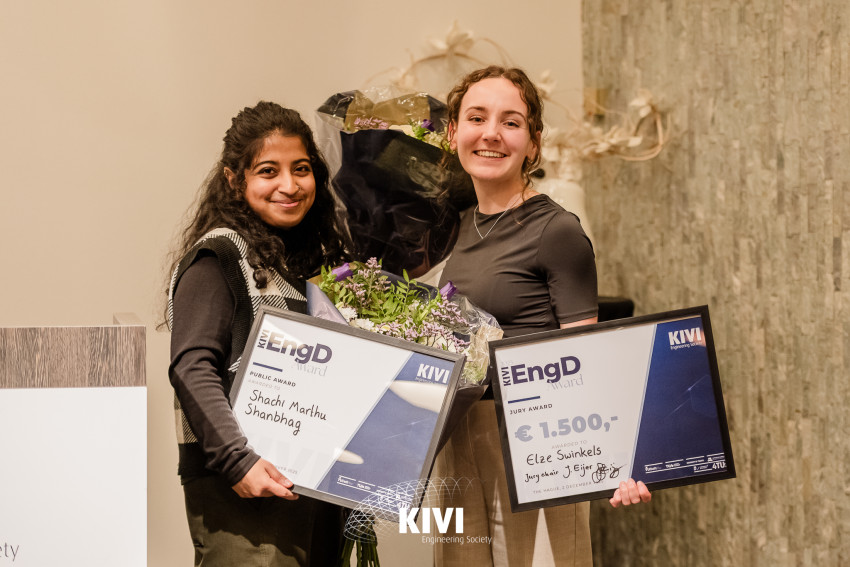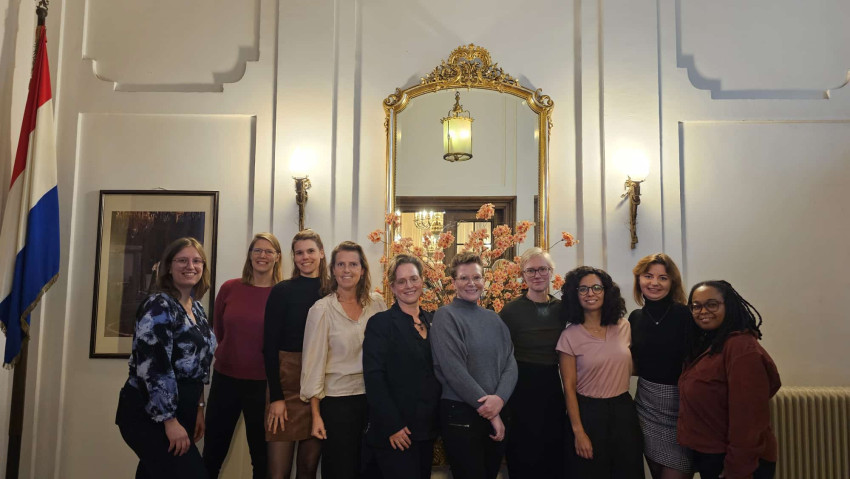
A new entrant in the arena of plastics recycling.
A year ago we reported about Ioniqua and their technology to recycle PET into new virgin material. How they do it you can see in a 2-minute video, or at least as much as the company wants you to know, because most details remain proprietary.
In January they announced the completion of a funding round of € 12M for the launch of their 10 kiloton-per-year upcycling plant, so they seem well on their way to cross the valley of death.
But others do not stand by idly.
Cumapol has a long history of upgrading polyester. In 1985 they built their first Solid State Polymerization (SSP) line to convert fiber grade PET to bottle grade, but colored material was a problem. Now they are preparing a 20 kg/h pilot plant for their CuRe recycling process at their site in Emmen to deal with this problem. The pilot should be operational by the summer of this year. The process was developed by Cumapols own R&D department, with assistance of DuFor and two Universities of Applied Science (NHL Stenden and Windesheim).
They are not very generous with details either, but “CuRe it is based on the glycolysis of PET, but depolymerisation goes no further than is necessary for thorough purification and decolourisation,” according to a spokesperson.
After the pilot phase (which Cumapol expects to last two years) the existing polymerization lines in Emmen are planned to be rebuilt. The future CuRe production lines will have a capacity of 25 kton per year.
Just for a bit of perspective: In 2017 world production of PET was 30 million tons. The European region accounted for 14.7%.


